The modern race car steering wheel bears a striking resemblance to video game controllers, both in appearance and functionality. This transformation is not mere coincidence but a result of technological advances and ergonomic design influenced by the gaming industry. As racing technology evolves, so too does the interface that drivers use to control their high-speed machines.
The Evolution of Race Car Steering Wheels
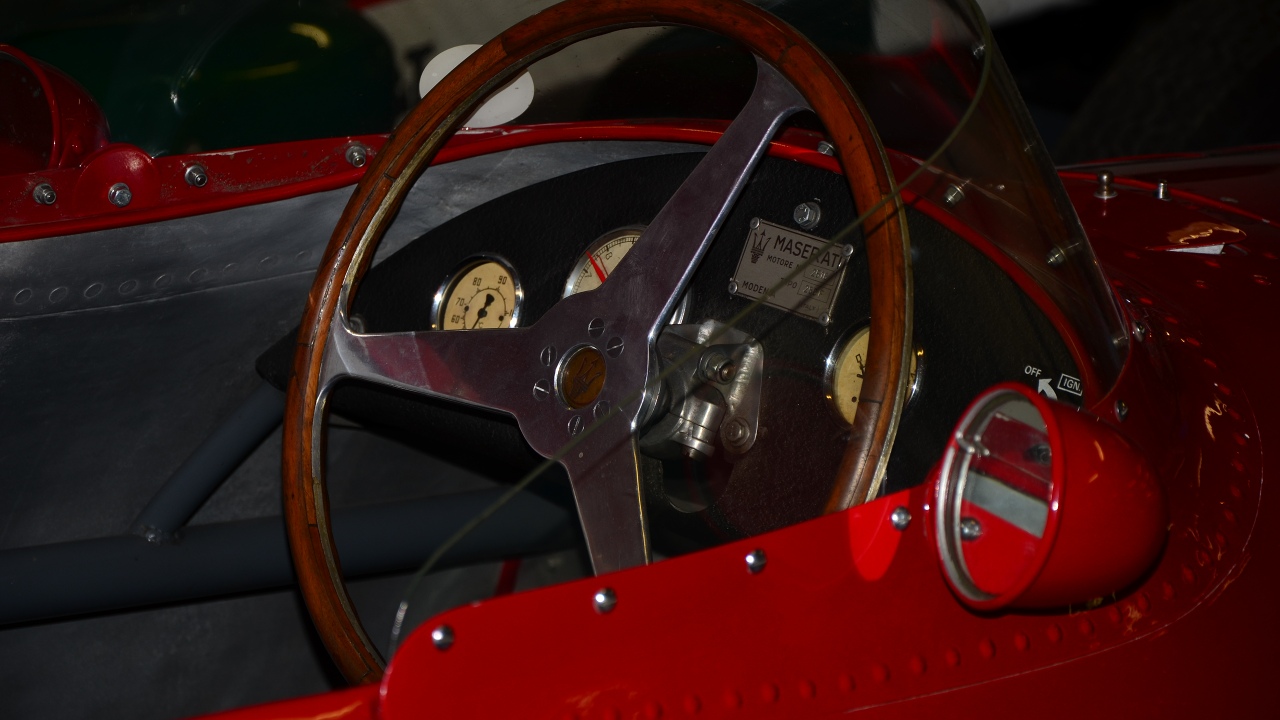
Race car steering wheels have come a long way from the simple, round designs of the past. In the early days of racing, a steering wheel was just that—a wheel used for steering. Over the years, however, the need for more complex interactions with the car has driven the evolution of steering wheel design. Technological advancements, such as the introduction of paddle shifters and digital displays, have transformed the steering wheel into a central command center for drivers. For example, the steering wheels used in Formula One today are equipped with an array of buttons and switches, allowing drivers to control various aspects of their cars without taking their hands off the wheel.
One of the most significant changes in steering wheel design is the integration of technology. Modern steering wheels often feature digital displays that provide real-time data to the driver. This includes information on speed, fuel levels, and even tire pressure. The Formula One steering wheel is a prime example of this, with its complex setup that allows drivers to receive and react to telemetry data on the fly. This integration of technology has fundamentally changed how drivers interact with their vehicles, making the steering wheel a crucial component of the car’s overall performance.
The Influence of Video Game Controllers
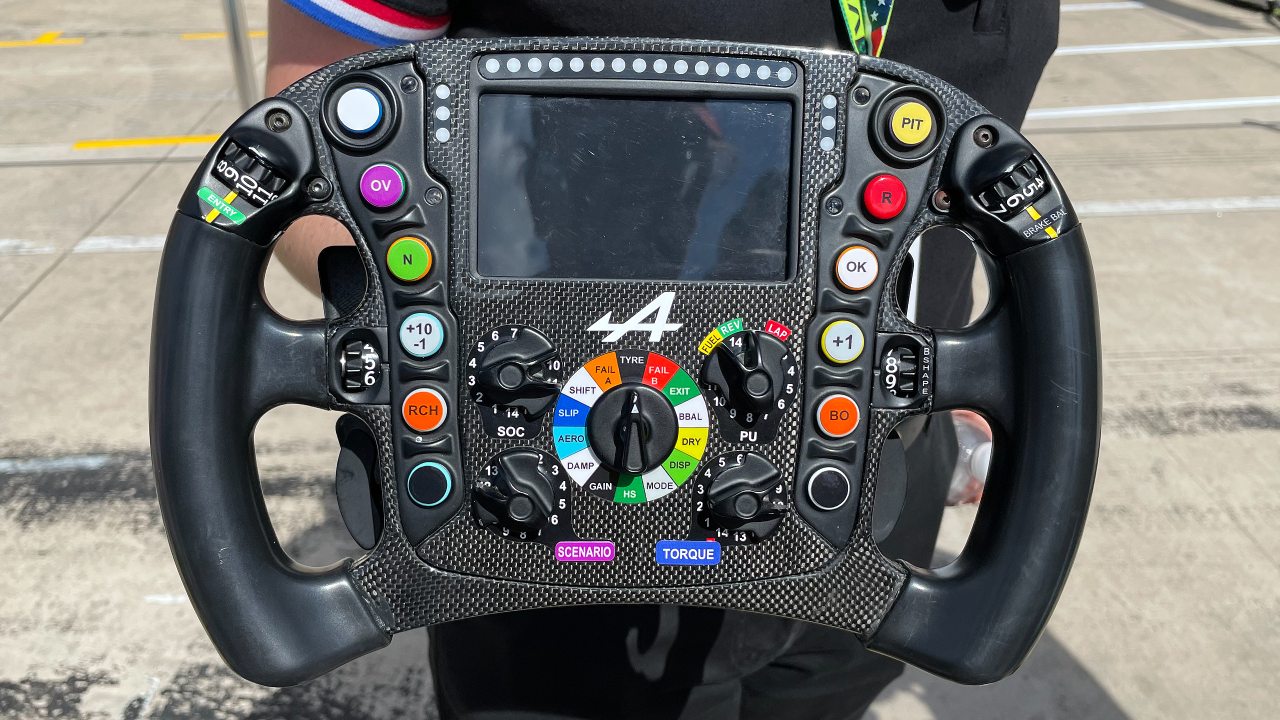
The resemblance between race car steering wheels and video game controllers is not just superficial; it extends to the ergonomic design and usability. Video game controllers are designed to be comfortable to hold for extended periods, with buttons strategically placed for easy access. Similarly, the layout of buttons and controls on a race car steering wheel is designed to minimize distraction and maximize efficiency. The influence of gaming can be seen in the intuitive design of these steering wheels, which allows drivers to make quick adjustments without losing focus on the track.
When you compare the button and control layout of gaming controllers with that of race car steering wheels, the similarities become apparent. Both are designed for quick access and minimal distraction, with buttons placed in such a way that they can be easily reached without taking one’s eyes off the screen or track. This is particularly important in high-pressure racing situations where even a fraction of a second can make a difference. The need for quick access to car functions is similar to the need for quick access to game controls, making the two designs closely related. As noted by enthusiasts, the connection is clear and intentional.
Functionality and Practicality
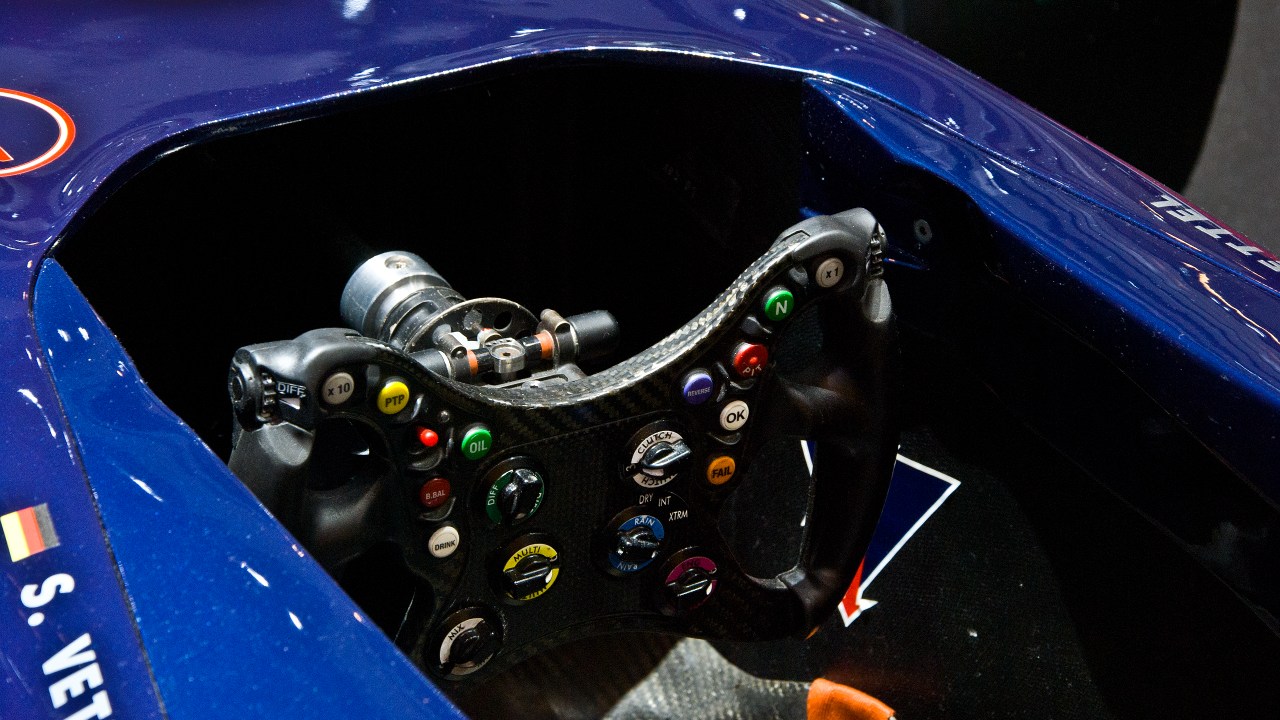
Modern race car steering wheels are multifunctional, incorporating a wide range of controls for various car systems. This mirrors the multifunctional nature of gaming controllers, which often include multiple buttons and joysticks to control different actions in a game. In racing, this multifunctionality allows drivers to manage everything from gear changes to radio communications without taking their hands off the wheel. The ability to control multiple aspects of the car from one central location is crucial for maintaining focus and performance during a race.
Customization and personalization are also key aspects of both racing steering wheels and gaming controllers. Just as gamers can customize their controllers to suit their preferences, race car drivers can adjust their steering wheels to fit their unique needs. This includes everything from the placement of buttons to the sensitivity of controls. Personalized controls can significantly enhance driving performance by allowing drivers to interact with their cars in a way that feels natural and intuitive. The customization options available for gaming steering wheels further highlight this parallel.
The Role of Simulation and Training
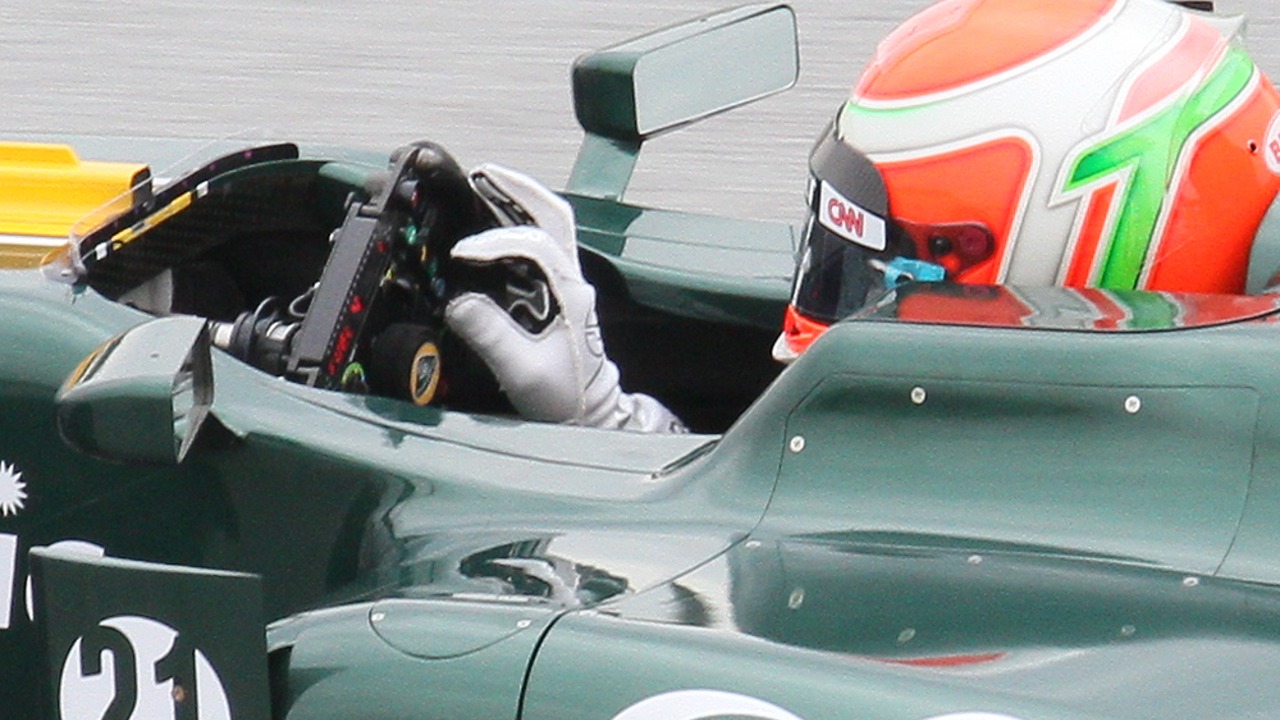
Racing simulators have become an essential tool for driver training, and they often use steering wheels that resemble those found in actual race cars. These simulators provide a realistic driving experience, allowing drivers to practice and refine their skills in a controlled environment. The feedback loop between simulator design and real-world racing technology is evident, as advancements in one field often spur innovations in the other. This crossover of technologies has further blurred the lines between gaming and racing, with each industry benefiting from the other’s advancements.
Technologies that have moved from gaming to racing and vice versa serve as a testament to the close relationship between the two fields. For example, haptic feedback, originally developed for gaming controllers, is now being explored for use in race car steering wheels to provide drivers with tactile feedback about the car’s performance. This continuous exchange of technologies ensures that both industries remain at the forefront of innovation, pushing the boundaries of what is possible in terms of design and functionality. The academic research into these technologies highlights their potential impact on future developments.
The Future of Steering Wheel Design
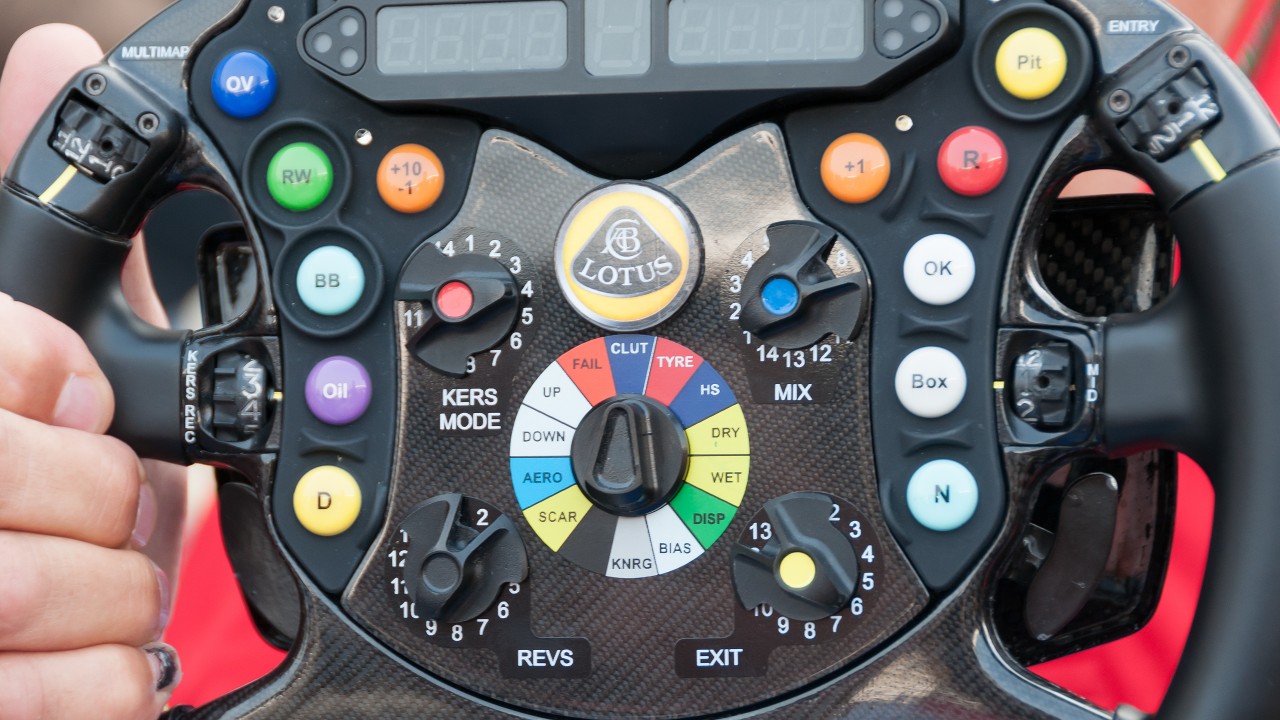
As technology continues to advance, the future of race car steering wheel design holds exciting possibilities. Emerging technologies such as haptic feedback and advanced sensors could further enhance the functionality of steering wheels, providing drivers with even more control and information. Additionally, the rise of autonomous driving technology may impact the relevance of traditional steering wheels, leading to new innovations in how drivers interact with their vehicles.
The ongoing convergence between gaming and racing technologies will undoubtedly shape the future of steering wheel design. As virtual and augmented reality become more prevalent, they could play a significant role in the evolution of steering wheel interfaces, offering new ways for drivers to engage with their cars. The potential for these technologies to enhance the driving experience is immense, and their integration into steering wheel design could revolutionize the way we think about car control. As these advancements unfold, the lines between gaming and racing will continue to blur, leading to a new era of innovation and performance.
Like Fast Lane Only’s content? Be sure to follow us.
Here’s more from us:
*Created with AI assistance and editor review.

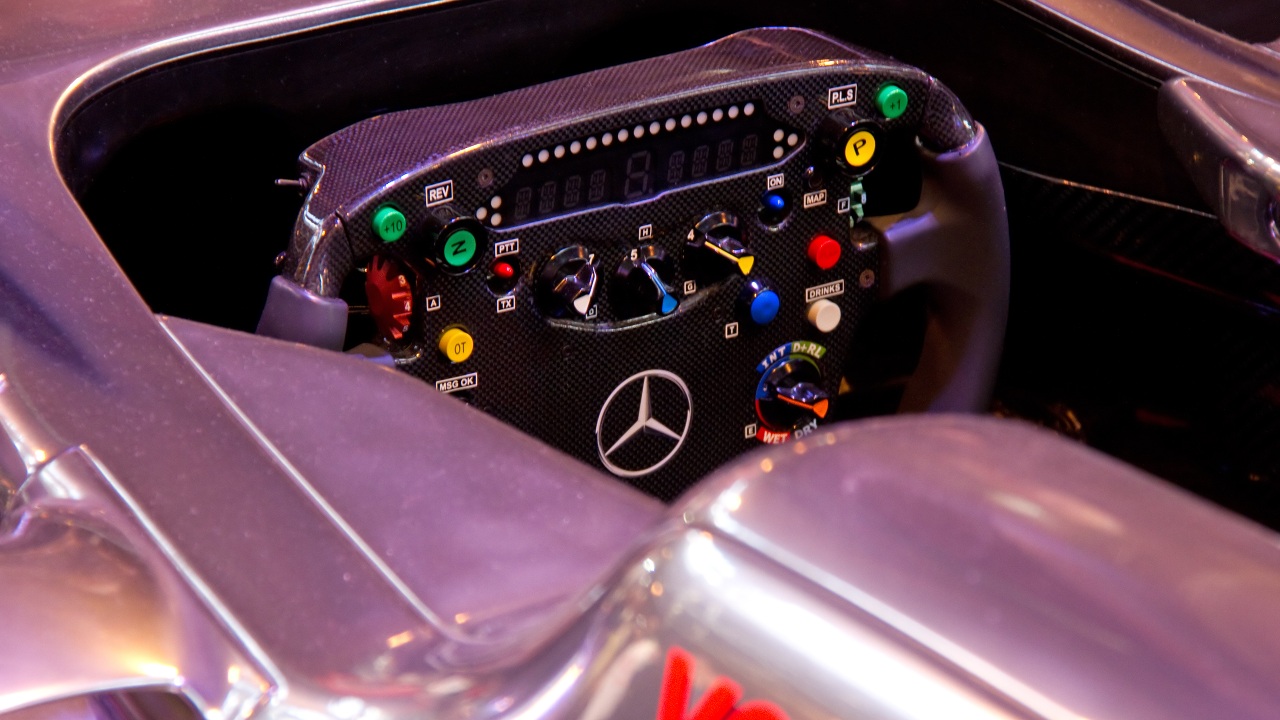
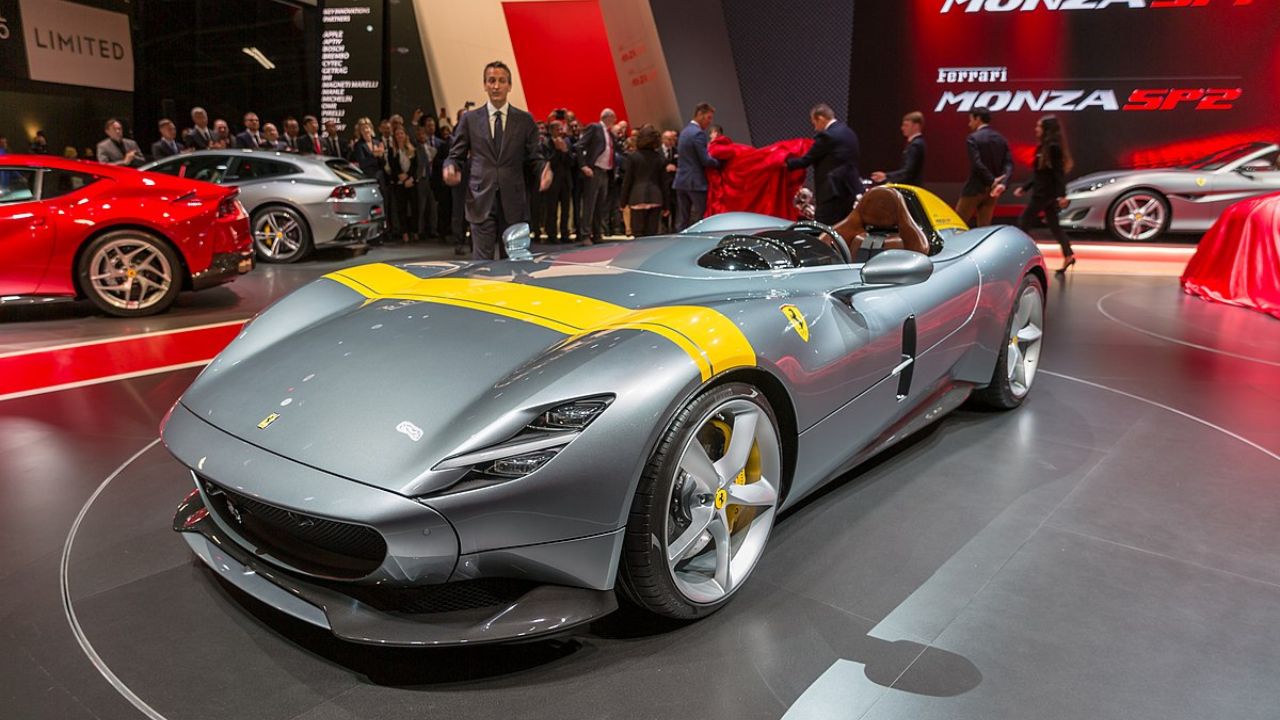
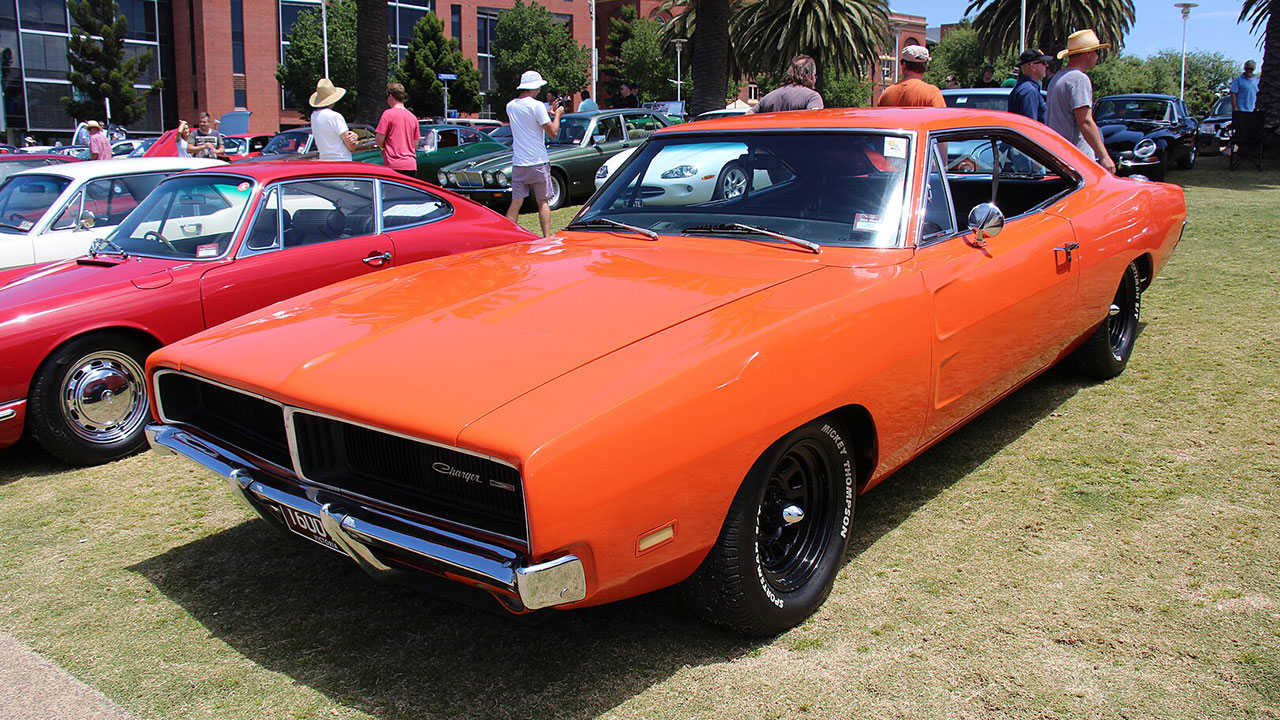
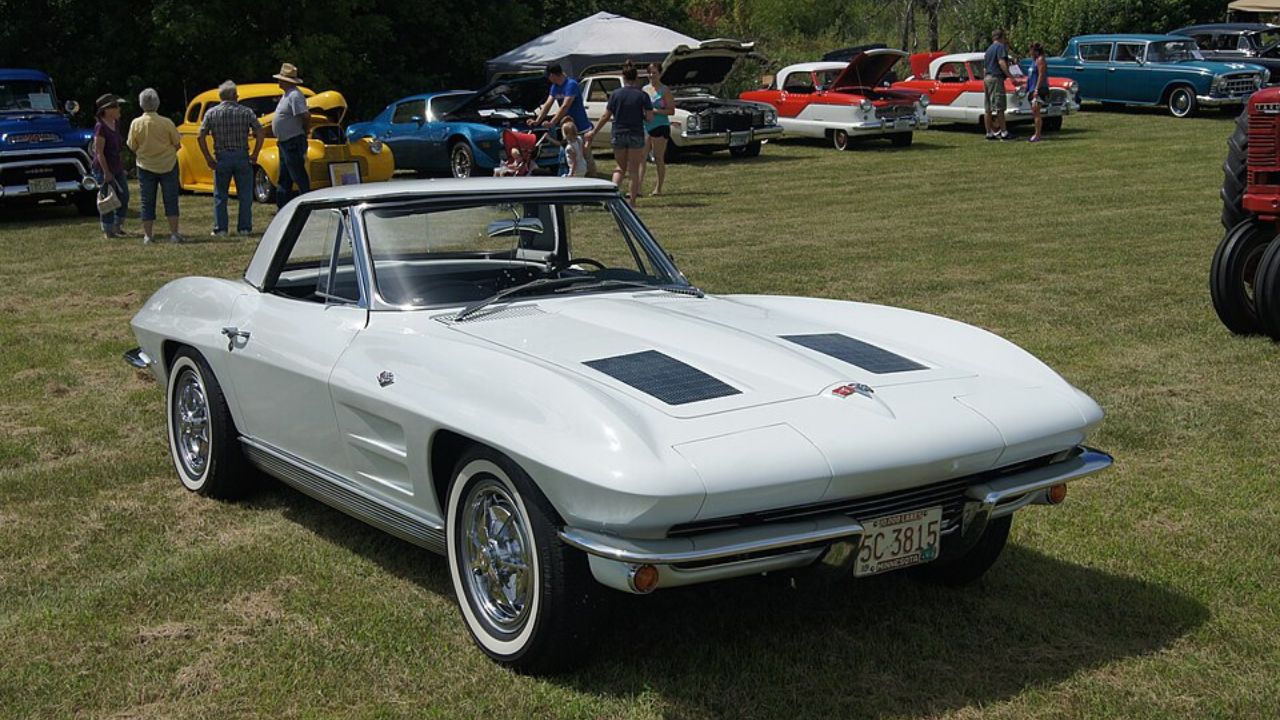


Leave a Reply